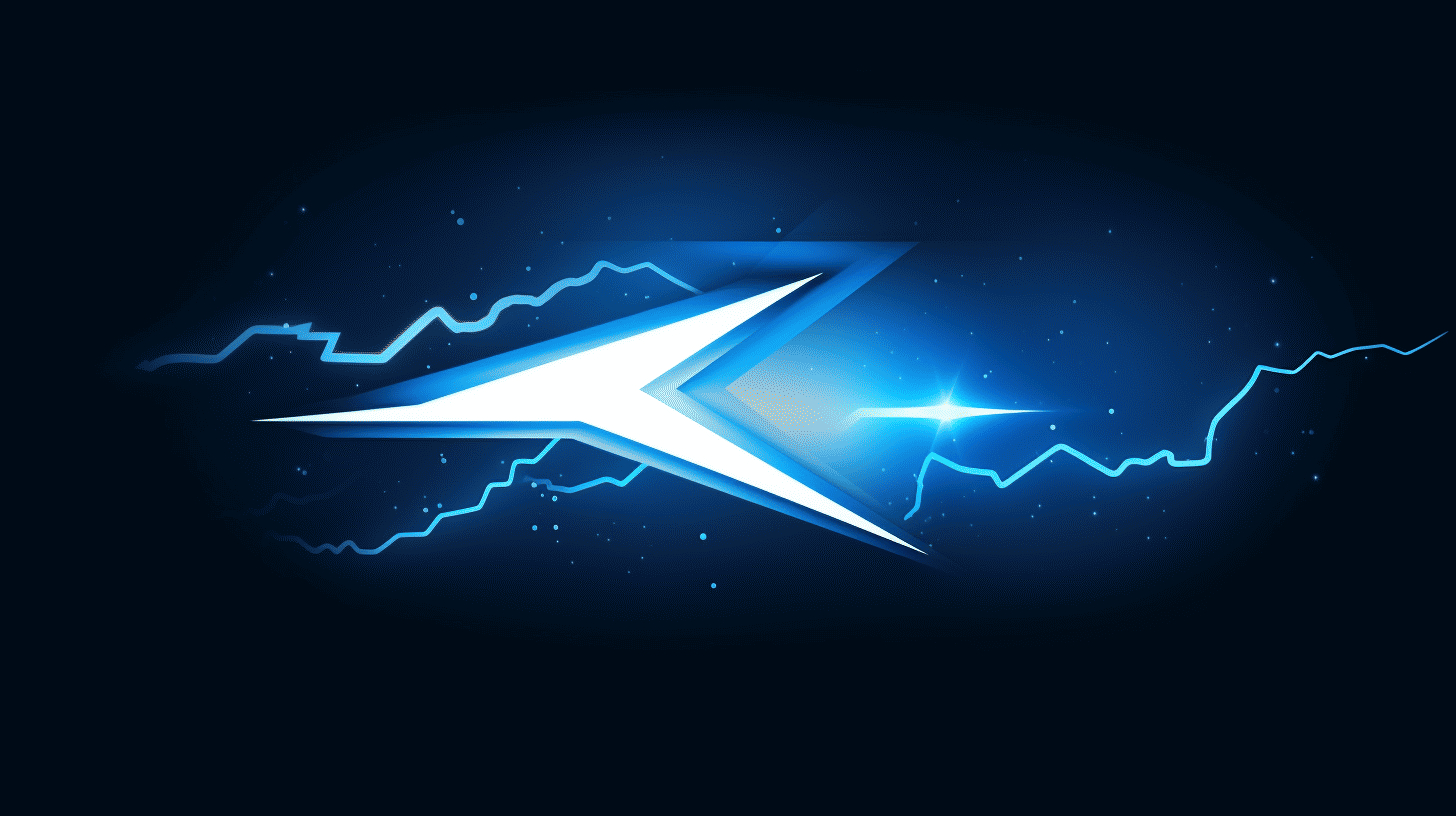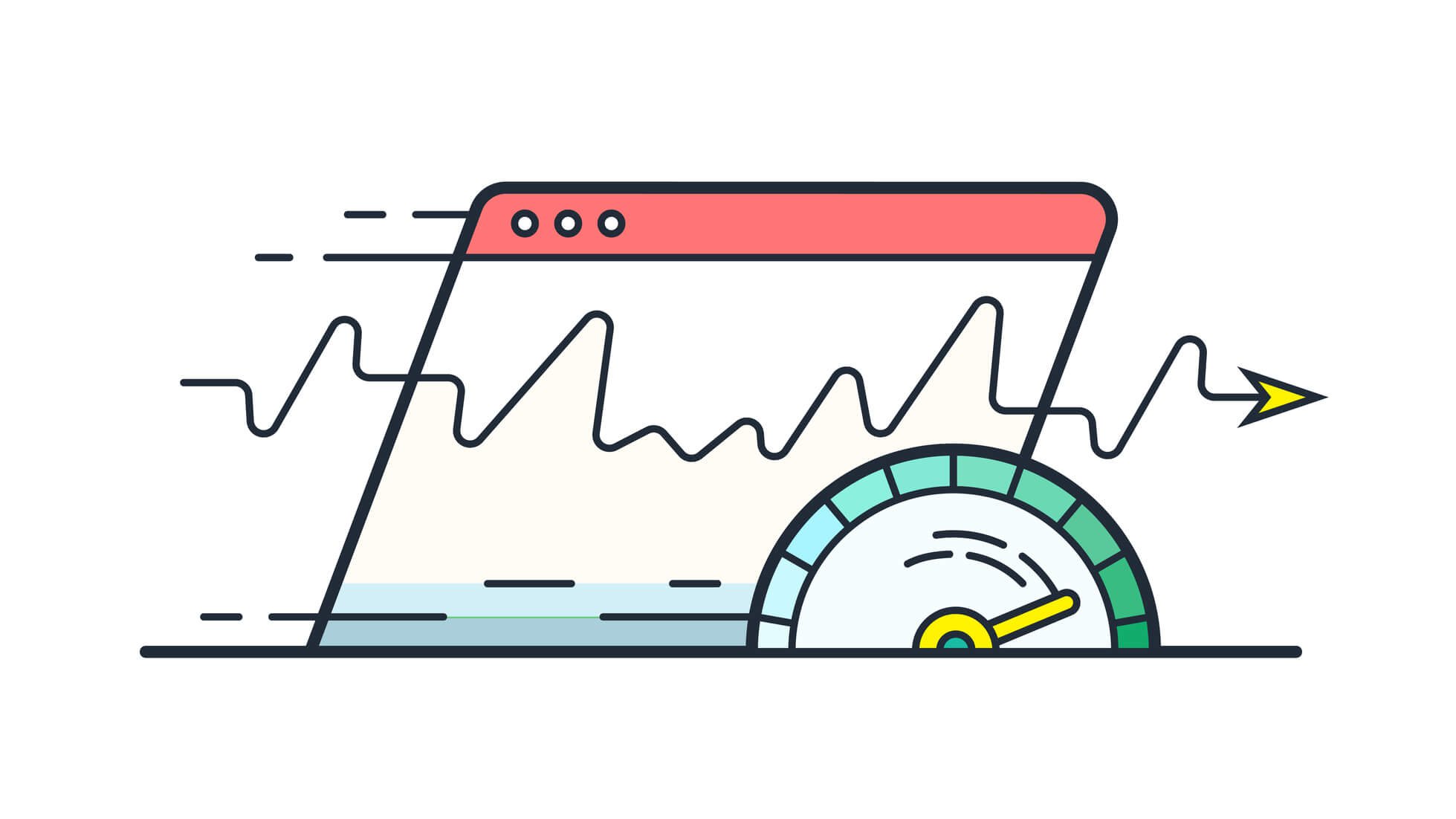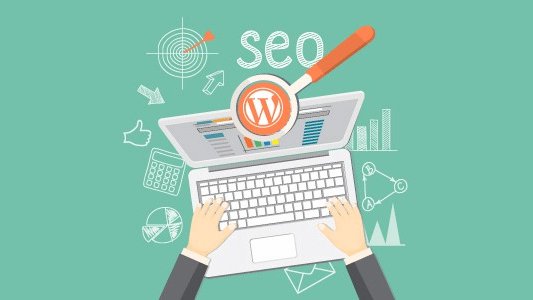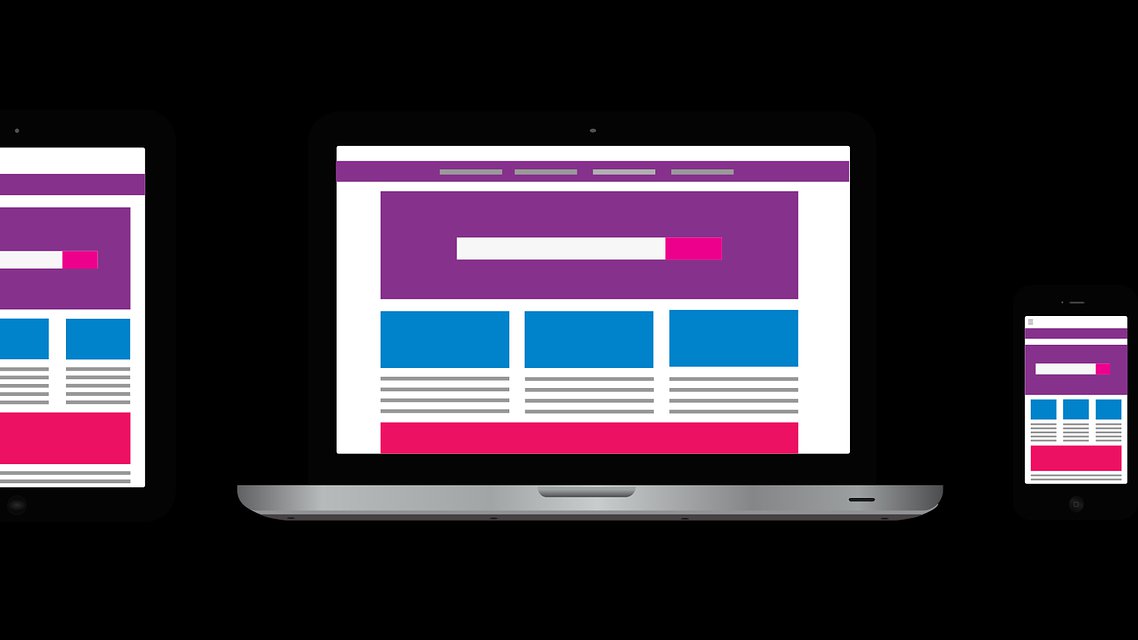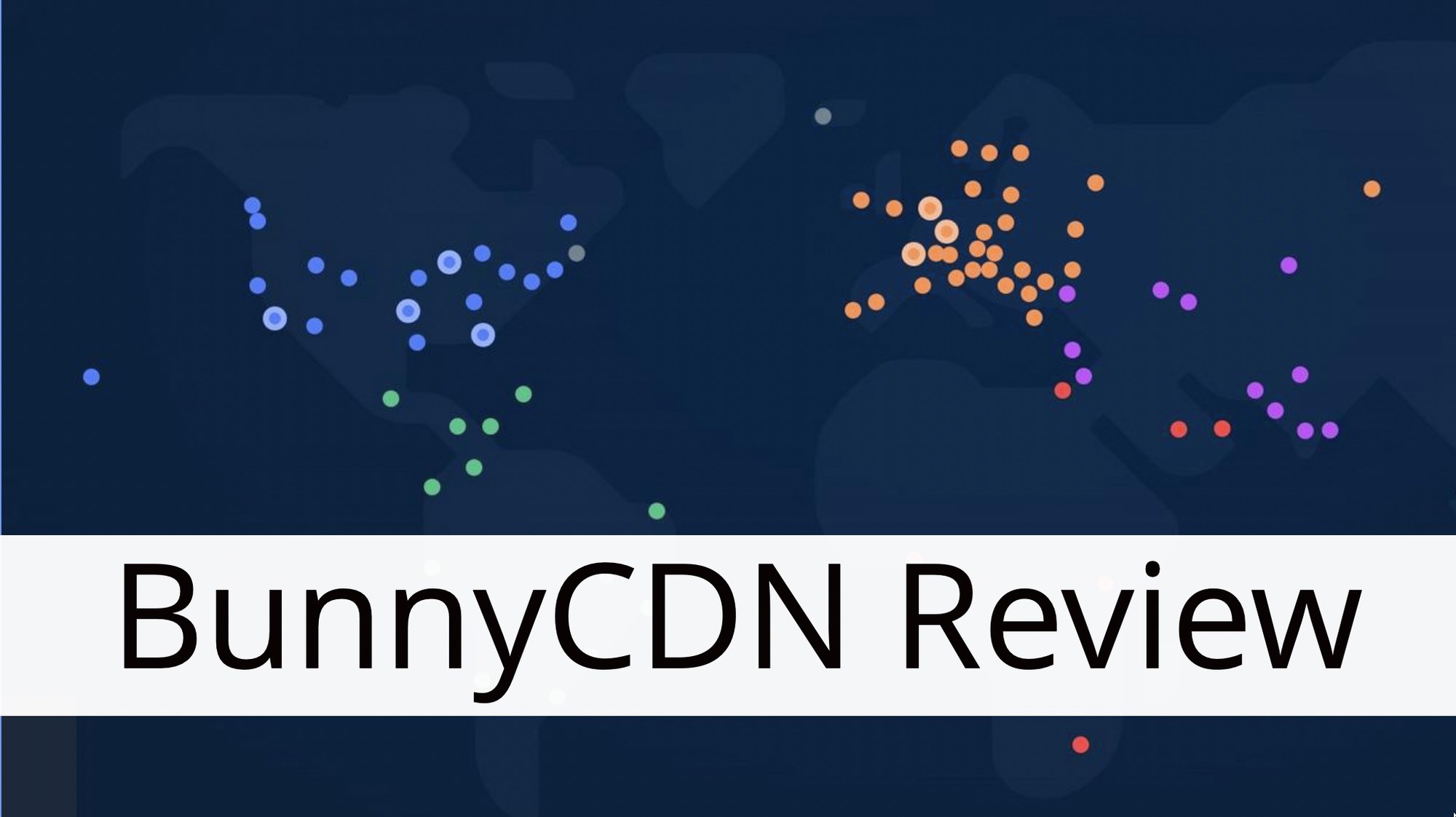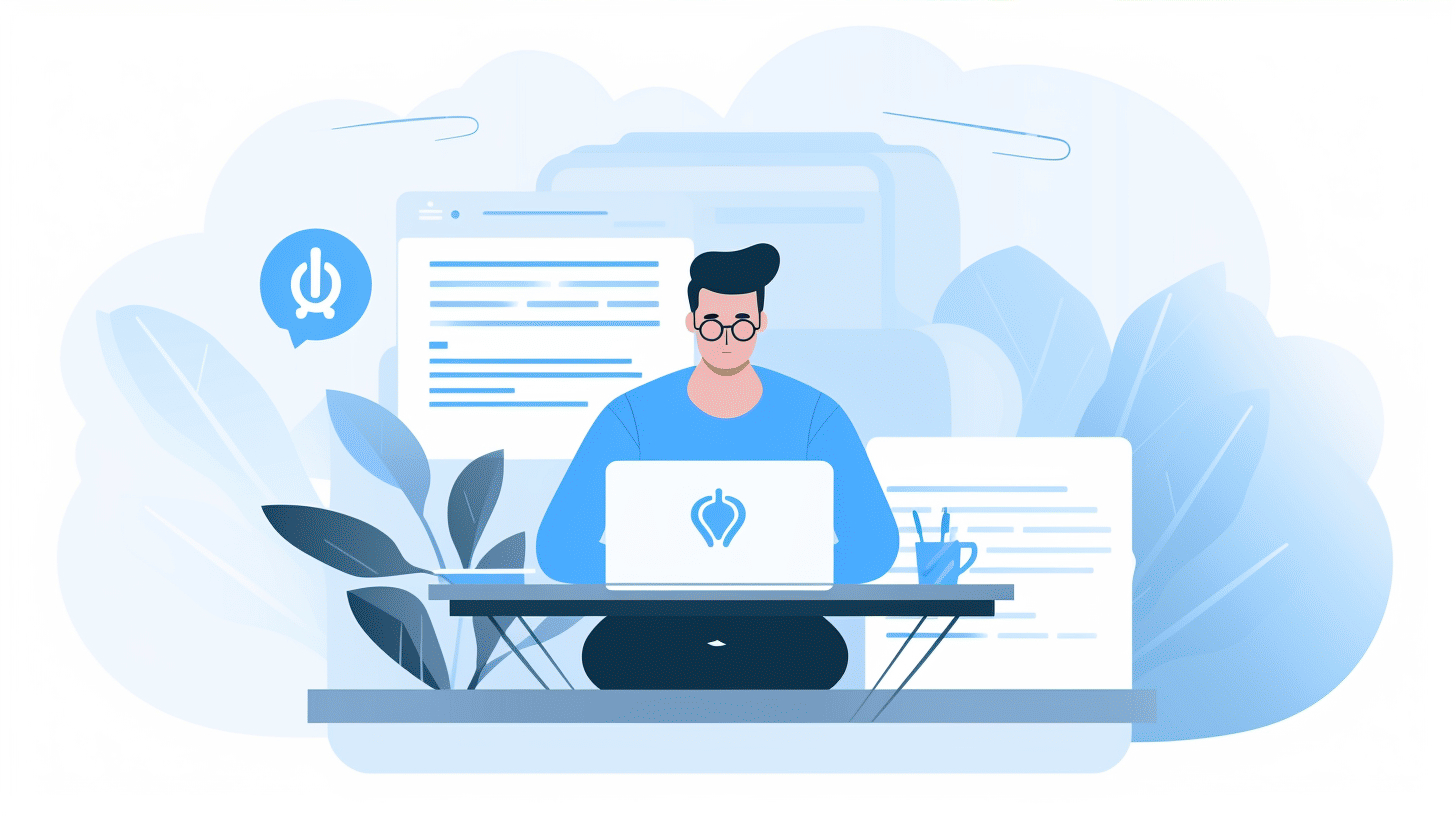When it comes to websites, speed matters. In today’s fast-paced digital world, users have little patience for slow-loading websites. In fact, a study conducted by Google found that 53% of mobile users will abandon a site if it takes longer than 3 seconds to load. That’s a significant number of potential visitors lost simply due to slow load times.
In this article, we’ll explore the impact of website load time on user behavior and bounce rates, discuss why fast load times are crucial for your WordPress website, and highlight some actionable steps you can take to optimize your website’s performance.
So, if you want to provide a seamless and enjoyable user experience while also improving your search engine rankings, it’s time to dive into the world of website load times and discover how you can enhance the speed of your WordPress website.
The Impact of Website Load Time
In today’s fast-paced digital world, where attention spans are fleeting and competition is fierce, the speed at which a website loads can make or break its success. A slow-loading website can frustrate visitors and deter them from engaging with the content or completing desired actions. On the other hand, a fast-loading website provides a smooth and enjoyable user experience, encouraging visitors to stay longer, explore further, and potentially convert into customers. Let’s explore the impact of website load time and why it matters in the online realm.
Average Load Time Statistics
To fully understand the significance of website load time, let’s take a look at some eye-opening statistics:
- On average, it takes 10.3 seconds for a webpage to fully load on desktop and 27.3 seconds on mobile[1]. These numbers may seem inconsequential at first glance, but they can have a substantial impact on user engagement and satisfaction.
- According to studies, 40% of visitors will leave a website if it takes longer than three seconds to load[1]. This means that a slow-loading website could potentially lose almost half of its potential traffic, impacting its visibility and potential for conversions.
- As technology advances and user expectations increase, the average website load time has been steadily decreasing. In 2023, the average load time is expected to be 2.5 seconds on desktop and 8.6 seconds on mobile[1]. This emphasizes the need for businesses and website owners to continuously optimize their websites for speed and performance.
Visitor Behavior and Bounce Rates
One critical metric that directly relates to website load time is the bounce rate. The bounce rate refers to the percentage of visitors who leave a website after viewing only one page. High bounce rates can indicate a lack of engagement or dissatisfaction with the website.
Research has shown that there is a strong correlation between website load time and bounce rates. For instance, websites that take 15 seconds to load have an average bounce rate of 69%[1]. This means that nearly 70% of visitors will leave a website if it takes fifteen seconds to load. Conversely, a fast-loading website can significantly reduce bounce rates and improve user engagement and conversion rates.
To mitigate the negative impact of slow load times and ensure optimal user experience, consider implementing WordPress speed optimization techniques. These techniques are specifically designed to enhance website performance and reduce load times. By optimizing various elements of your WordPress site, such as caching, image optimization, and code minification, you can provide a seamless and lightning-fast experience for your visitors.
Remember, when it comes to website load time, every second counts. Prioritizing speed and performance can have a profound impact on user engagement, traffic, and ultimately, the success of your online venture.
[1]: WordPress Speed Optimization Techniques
The Importance of Fast Website Load Time
In today’s fast-paced digital world, users expect instant gratification when it comes to accessing information or purchasing products online. Waiting for a website to load is like waiting for a slow elevator – it’s frustrating, and it makes you want to hit the “back” button and find a faster alternative. That’s why website load time is crucial for user experience, engagement, and ultimately, the success of your online presence. Let’s examine some important reasons why fast website load time should be a top priority for every website owner.
Google’s Recommendations
Google, being the search engine giant that it is, holds significant influence over website rankings. They are notoriously secretive about their algorithm, but one thing they have made clear is that website speed is a ranking factor. Google’s John Mueller even stated that “a fast website load time is recommended to be less than 2 to 3 seconds.” When your website loads quickly, Google’s bots can crawl and index your pages more efficiently, improving your chances of ranking higher in search engine results. Plus, a faster website provides a better user experience, which is something Google values highly.
WordPress and Mobile Load Times
WordPress, known as one of the most popular content management systems (CMS) in the world, has taken steps to ensure that websites built on its platform load quickly, particularly on mobile devices. With the increasing number of users accessing websites on their smartphones, having a mobile-friendly and fast-loading website is essential. According to data, WordPress has one of the lowest page loading times for mobile devices.
But why is mobile load time crucial? Think about how you browse the internet on your phone – you’re likely on-the-go, looking for quick information or making a purchase. If a website takes too long to load, you’re more likely to abandon it and move on to a competitor’s site. By optimizing your WordPress website for fast mobile load times, you not only improve the user experience but also increase the chances of converting visitors into customers.
Acquiring these skills will not only boost your site’s speed, but you can make your website more efficient by following a few simple steps. Supercharging Your WordPress Website’s Performance offers 10 proven tips for optimizing your WordPress site’s performance. From leveraging caching mechanisms to reducing image sizes, these tips will help you improve your website’s load time and overall performance.
Remember, in the online world, every second counts. A fast website load time can make all the difference between gaining and losing a potential customer. So, prioritize speed optimization to ensure your website provides a seamless user experience that keeps visitors coming back for more.
Factors Affecting Website Speed
In today’s fast-paced digital world, website speed plays a critical role in user experience. Nobody likes waiting for a slow website to load. Slow page loading times can lead to high bounce rates, decreased conversions, and frustrated users who might never return. It’s essential for website owners and developers to understand the factors that can affect website speed and take action to optimize their sites for better performance.
Let’s take a look at three significant factors that can impact website speed:
Excessive Plugins
Plugins can add fantastic functionality and enhance the user experience on a website. However, having too many plugins can be detrimental to site speed. Every plugin you install affects your site’s loading time. Some plugins introduce unnecessary code or scripts, which can slow down your site’s performance.
To optimize your website speed, it’s crucial to regularly review the plugins you have installed and determine if they are all necessary. Consider removing any plugins that are not actively being used or have overlapping functions. By keeping your plugins to a minimum, you can reduce the amount of code that needs to be processed and improve your site’s overall speed.
Server-Side Caching
Server-side caching is a technique that can significantly improve website speed. It involves storing a copy of frequently accessed web pages in a server’s memory and serving them to users directly from the cache. By doing so, your site can deliver content more quickly and reduce the load on your server.
Implementing server-side caching requires the use of caching plugins or leveraging a Content Delivery Network (CDN) that offers caching functionality. These tools help optimize website performance by storing static content, such as images and CSS files, closer to the user’s location.
Server-side caching not only improves website speed but also reduces the amount of data that needs to be transferred between the server and the user’s browser. This can result in faster page loading times and a better overall user experience.
Implementing Gzip Compression
When it comes to website speed, every byte matters. Implementing Gzip compression can significantly reduce the size of your website’s files, resulting in faster loading times. Gzip compression works by compressing files on the server and then decompressing them on the user’s browser.
By enabling Gzip compression, you can reduce the amount of data that needs to be transferred between the server and the user’s browser, leading to faster loading times. This compression technique is particularly effective for compressible file types such as HTML, CSS, and JavaScript.
To implement Gzip compression, you can modify your server’s configuration file or utilize plugins that automatically handle the compression process. By enabling Gzip compression, you can optimize your website’s performance and improve user experience.
In conclusion, website speed is a critical factor in providing a positive user experience. By addressing excessive plugins, implementing server-side caching, and enabling Gzip compression, you can significantly improve your website’s speed and overall performance. Take the necessary steps to optimize your site, and your users will thank you with faster loading times and increased engagement.
For more information on website performance techniques, check out Efficient Website Performance Techniques.
Optimizing Website Performance
Regular Monitoring and Optimization
When it comes to optimizing website performance, regular monitoring is key. By keeping a close eye on your website’s speed and performance metrics, you can identify any areas that need improvement and take action to address them. This proactive approach ensures that your website is always running smoothly and providing an optimal user experience.
But why is regular monitoring so important? Well, think of it this way: your website is like a car. Just like you wouldn’t wait for your car to break down before taking it in for maintenance, you shouldn’t wait for your website to slow down or crash before doing something about it. Regular monitoring allows you to catch potential issues early on and make necessary optimizations to prevent any major setbacks.
So, what kind of optimizations are we talking about? Here are some key areas to focus on:
- Website speed: Slow-loading websites can be frustrating for visitors and can even negatively impact your search engine rankings. Regularly check your website’s speed using tools like Google PageSpeed Insights or GTmetrix. If you find that your website is taking too long to load, consider implementing the following optimizations:
- Compressing images to reduce file size
- Enabling browser caching to reduce server requests
- Minifying CSS and JavaScript files to shorten load times
- Mobile optimization: With the majority of internet users accessing websites on mobile devices, it’s crucial to ensure that your website is mobile-friendly. Regularly test your website’s responsiveness on different mobile devices and make any necessary adjustments to improve the mobile user experience. This may involve optimizing images for smaller screens, simplifying navigation menus, or adjusting font sizes for better readability.
- Plugin and theme updates: If you’re using a content management system like WordPress, keeping your plugins and themes up to date is essential for optimal performance. Outdated plugins and themes can slow down your website and leave it vulnerable to security breaches. Regularly check for updates and install them promptly to ensure that your website is running on the latest, most secure versions.
By regularly monitoring your website’s performance and making necessary optimizations, you can ensure that your website is lightning-fast and provides a seamless user experience. Remember, optimizing your website isn’t a one-time task – it’s an ongoing process that requires attention and effort. Embrace the mindset of continuous improvement, and your website will reap the benefits.
For more insights on optimizing your WordPress website for lightning-fast speed, check out our comprehensive guide on Optimizations for Lightning-Fast WordPress. This guide covers various strategies and tools to help you achieve optimal performance. So, don’t miss out on these valuable tips!
Conclusion
In today’s competitive digital landscape, the speed at which your website loads can make or break your online success. A slow-loading website can lead to high bounce rates, frustrated visitors, and missed opportunities. On the other hand, a fast website can improve user experience, boost your search engine rankings, and enhance conversions.
By prioritizing website load time and implementing best practices to optimize performance, you can reap a multitude of benefits for your WordPress site. Here is a summary of what we’ve covered:
- Average Load Time Statistics: Studies have shown that the average internet user expects a web page to load in under 3 seconds. Anything beyond that can result in visitors abandoning your site.
- Visitor Behavior and Bounce Rates: Slow-loading websites often experience high bounce rates, with users swiftly leaving the page if it fails to load quickly. This can hurt your online presence and revenue potential.
- Google’s Recommendations: Google has stated that website speed is a crucial factor in its search algorithm. Faster websites are more likely to rank higher in search results, increasing visibility and organic traffic.
- WordPress and Mobile Load Times: With the increasing usage of mobile devices for browsing, it is essential to optimize your WordPress website for mobile load times. Mobile users have even less patience for slow-loading websites.
- Excessive Plugins: Installing too many plugins can weigh down your website and slow its performance. It is crucial to carefully choose and limit the number of plugins you use, prioritizing those that are necessary for your site’s functionality.
- Server-Side Caching: Implementing server-side caching can significantly improve load times by storing frequently accessed data and serving it to visitors more quickly.
- Implementing Gzip Compression: Gzip compression reduces file sizes and speeds up the delivery of website files to users’ browsers, resulting in faster load times.
Remember, optimizing your WordPress website’s performance is an ongoing process. Regular monitoring and optimization are essential to ensure your site remains fast and responsive.
At Managed-WP, we understand the importance of website speed and offer a premium managed WordPress cloud hosting platform. With expert support available 24/7/365, we can help simplify your website infrastructure, enhance its speed, and provide a superior digital experience for your visitors.
Boost your website’s speed and performance today with Managed-WP.™ Link to Managed-WP
It’s time to take control of your WordPress website and provide your users with an exceptional browsing experience. Don’t let slow load times hold you back from reaching your online goals. Choose Managed-WP for a faster, more reliable WordPress hosting solution.
Frequently Asked Questions
- Why is website speed important?
Website speed is crucial because it affects user experience, SEO rankings, and conversion rates. A slow-loading website can lead to high bounce rates, low search engine rankings, and a decrease in overall user satisfaction.
- How can I improve the load time of my WordPress website?
To enhance the speed of your WordPress website, you can: optimize images, use caching plugins, enable compression, minify CSS and JavaScript files, choose a reliable hosting provider, use a content delivery network (CDN), and avoid heavy and unnecessary plugins or themes.
- What are some recommended caching plugins for WordPress?
Some popular caching plugins for WordPress are: W3 Total Cache, WP Super Cache, and WP Rocket. These plugins help in storing static versions of your webpages and deliver them quickly to visitors, resulting in faster load times.
- Why should I optimize images for my website?
Optimizing images for your website can significantly improve load times. You can reduce image file sizes by compressing them without compromising quality. Thus, it reduces the bandwidth required to load your webpages.
- Is website speed a ranking factor in search engines?
Yes, website speed is a ranking factor in search engines like Google. A faster website is preferred by both search engines and users, and Google considers it as an essential element in providing a better user experience.











